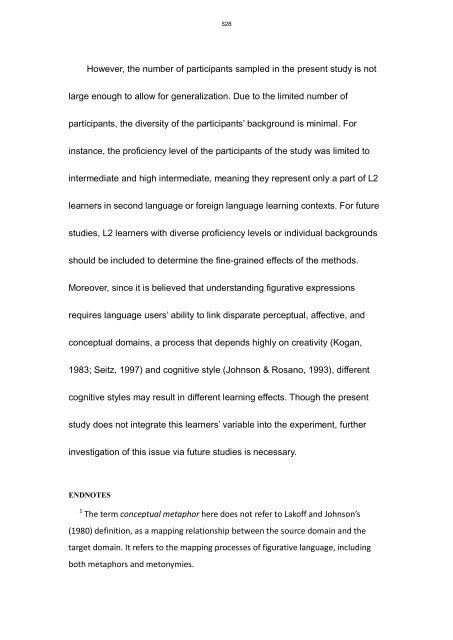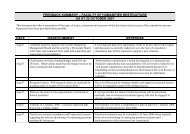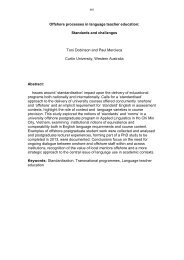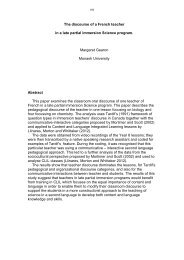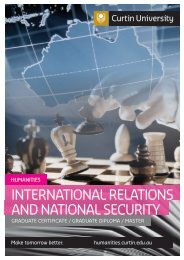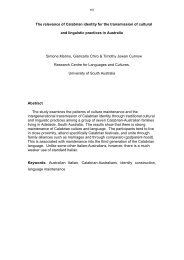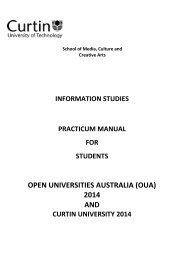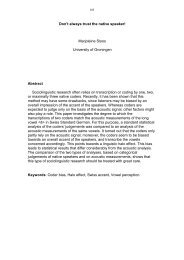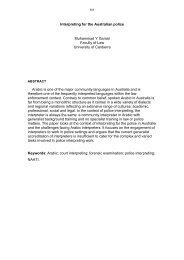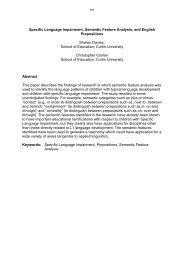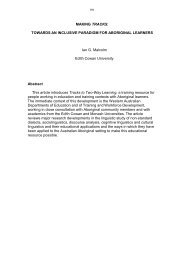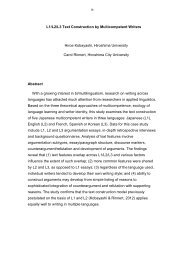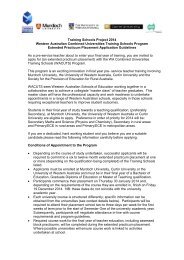Yi-chen and Huei-ling Lai - Humanities
Yi-chen and Huei-ling Lai - Humanities
Yi-chen and Huei-ling Lai - Humanities
- No tags were found...
You also want an ePaper? Increase the reach of your titles
YUMPU automatically turns print PDFs into web optimized ePapers that Google loves.
628However, the number of participants sampled in the present study is notlarge enough to allow for generalization. Due to the limited number ofparticipants, the diversity of the participants’ background is minimal. Forinstance, the proficiency level of the participants of the study was limited tointermediate <strong>and</strong> high intermediate, meaning they represent only a part of L2learners in second language or foreign language learning contexts. For futurestudies, L2 learners with diverse proficiency levels or individual backgroundsshould be included to determine the fine-grained effects of the methods.Moreover, since it is believed that underst<strong>and</strong>ing figurative expressionsrequires language users’ ability to link disparate perceptual, affective, <strong>and</strong>conceptual domains, a process that depends highly on creativity (Kogan,1983; Seitz, 1997) <strong>and</strong> cognitive style (Johnson & Rosano, 1993), differentcognitive styles may result in different learning effects. Though the presentstudy does not integrate this learners’ variable into the experiment, furtherinvestigation of this issue via future studies is necessary.ENDNOTES1 The term conceptual metaphor here does not refer to Lakoff <strong>and</strong> Johnson’s(1980) definition, as a mapping relationship between the source domain <strong>and</strong> thetarget domain. It refers to the mapping processes of figurative language, includingboth metaphors <strong>and</strong> metonymies.


